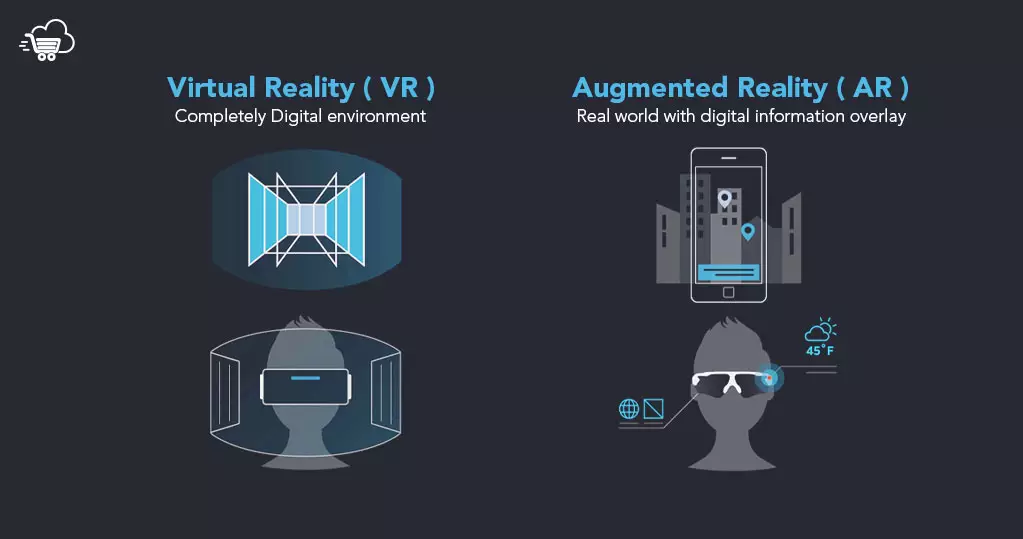Key Benefits of AR/VR and Cloud Convergence
1. Scalability and Cost Efficiency
Cloud computing enables the offloading of complex computations of AR/VR systems to remote servers, such as expensive, high-performance local devices.
Businesses can scale their AR/VR applications dynamically according to user demand without worrying about hardware limitations.
2. Enhanced Performance
Cloud-based rendering assures real-time processing of high-definition graphics and 3D animations in great detail, which is essential for a seamless AR/VR experience.
Low-latency cloud platforms, based on 5G and edge computing, decrease lag for better user interactivity in virtual environments.
3. Accessibility and Mobility
AR/VR applications can be accessed using cloud-hosted applications via wide ranges of devices such as smartphones, tablets, and lightweight headsets.
Users are no longer confined to high-performance computers, hence making immersive experiences portable and more accessible.
4. Real-time Collaboration
The combination allows users located geographically apart to collaborate within the same AR/VR environments.
Applications like virtual meetings, training simulations, and collaborative design benefit greatly from this integration.
Applications Across Industries
1. Gaming and Entertainment
Cloud-powered VR games eliminate the need for bulky consoles, offering seamless gameplay with stunning visuals.
AR-enhanced streaming services provide interactive content experiences.
2. Education and Training
AR/VR simulations hosted on the cloud provide immersive, scalable solutions for learning and skill development.
Examples include virtual classrooms and medical training using 3D anatomy models.
3. Healthcare
Cloud computing can facilitate real-time AR-guided surgeries and VR-based therapy sessions.
Experts located at other places can guide the procedures remotely by accessing the AR/VR environments in real time.
4. Retail and E-Commerce
AR/VR-powered virtual stores on cloud allow users to view products interactively.
Scalability of clouds supports personal shopping experience across geographical locations.
5. Architecture and Design
Cloud platform allows architects and designers to work from virtual spaces exploring 3D models and doing real-time adjustment.
Technological Enablers
Edge Computing and 5G: Low latency leads to seamless AR/VR experience.
AI: AI makes real-time processing, object recognition, and personalization possible in the AR/VR world.
Cross-Platform Compatibility: Cloud-based platforms allow support across various devices and operating systems.
Challenges and Considerations
Latency Issues: Even though high-speed internet is a requirement, it does not guarantee performance without latency issues.
Data Privacy and Security: Data related to AR/VR has sensitive information and thus needs strong security on the cloud.
Bandwidth Needs: AR/VR applications are extremely bandwidth-intensive and, therefore pose a challenge in the less connected geographies.
Metaverse
Cloud computing will facilitate the integration of AR/VR with:
Virtual worlds, that are scalable and cloud-based for social interaction, commerce, and entertainment
Telepresence: Immersive virtual meetings and events with nearly real interaction
AI-based Personalization: Intelligent AR/VR that is smarter and aligned to individual users' preferences.



No comments:
Post a Comment